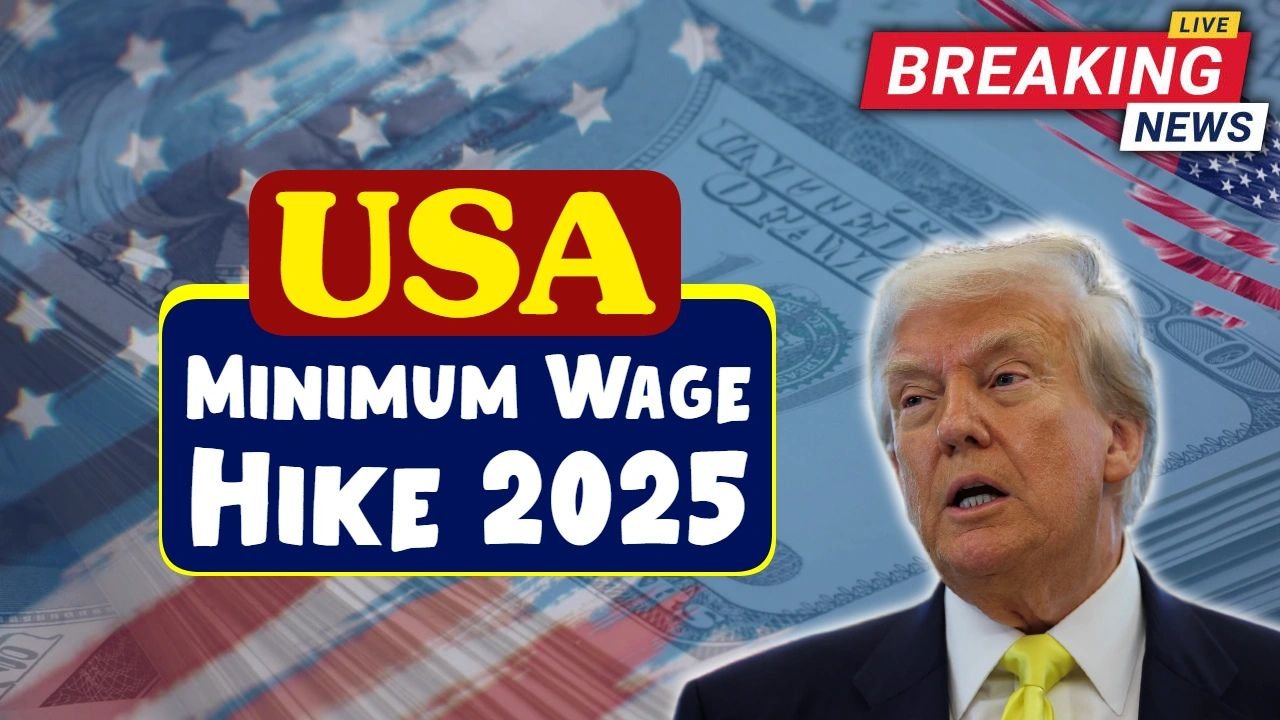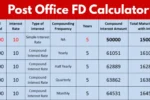In 2025, various U.S. states and jurisdictions are scheduled to raise their minimum wage rates as part of regular adjustments tied to cost-of-living increases or pre-set schedules. While the federal minimum wage remains unchanged, location-specific wage floors will rise in many places, affecting millions of workers. This article outlines what you need to know about these upcoming changes, the implications for employees and employers, and how to stay compliant when the new rates take effect.
Federal Minimum Wage Remains Unchanged
As of 2025, the federal minimum wage for covered nonexempt employees is still $7.25 per hour. This rate has not changed since 2009. States and local jurisdictions are permitted to set higher minimums, but they cannot go below the federal threshold. Because many new wage increases in 2025 are at the state or municipal level, these changes do not conflict with the federal baseline.
Why Changes Happen in September or October
Many states and local governments tie minimum wage increases to annual schedules often based on inflation indexes, voter-approved ballot measures, or statutory deadlines. As a result, September and October are common months for new pay rates to take effect. For example, Florida increases its minimum wage every September 30 under a voter‑approved schedule; in 2025, that means the rate will move from $13 to $14 per hour.
Hence, the date “October 10” reflects early October adjustments in some local jurisdictions. Several wage increases in 2025 will begin around late September or early October.
Which States Will See Increases
Numerous states have announced or enacted minimum wage increases for 2025. Some of them include:
- Florida: Minimum wage will rise to $14.00/hr effective September 30, 2025.
- California: State minimum wage is $16.50/hr for all employers as of January 1, 2025.
- Washington, D.C.: Adjusted annually on July 1, the rate is $18.00/hr in 2025.
- Other states: Over 20 states had scheduled increases effective January 1, 2025, while many local jurisdictions will introduce further changes later in the year.
Because of this patchwork approach, workers and employers must check the specific rules applicable to their city or county, as cities often adopt minimum wage rates higher than their state’s floor.
Impacts on Employees and Employers
When minimum wage increases take effect, the consequences ripple through wage structures, employment practices, and business operations. For employees earning close to the prior minimum, the hike means higher take-home pay and potentially less financial pressure. For employers, particularly in labor-intensive sectors, increased wage costs may translate into higher operating expenditures.
To manage this, some employers may adjust benefit structures, re-evaluate staffing or scheduling, or raise prices on goods and services. Others may absorb the costs or improve efficiency to remain competitive. Clear communication with employees is essential to avoid confusion when new rates begin.
What Employees Should Do
Workers should verify the new minimum wage in their location ahead of the effective date. After October 10 (or the relevant date for their state), employees should review their pay stubs to confirm that their hourly rate reflects the new minimum. If it doesn’t, they should raise the matter with their employer or contact their state labor department for guidance.
What Employers Must Prepare
Employers must ensure payroll systems are updated in time for the new rates, ideally before the first pay cycle covering the effective date. They need to examine all roles, including part-time and tipped positions, to ensure compliance. Posting updated wage notices in workplaces is often a legal requirement, and training or communications with HR staff and managers can prevent errors or conflicts.
Challenges and Considerations
One challenge is “wage compression,” where employees slightly above the prior minimum feel their differential has shrunk, prompting pressure for raises. Employers must balance fairness across positions while keeping costs sustainable. Moreover, some local jurisdictions may have differing rules for example, for tipped workers so blanket implementations risk noncompliance.
Another consideration is inflation: wage increases may push up costs for goods and services, which can erode the real purchasing power of the raise over time. Effective policy design often ties future minimum wage rates to inflation or living costs to maintain value.
Final Outlook
The U.S. continues to see a decentralized approach to minimum wage increases, with state and local governments leading the way. While the federal rate remains static, many workers in 2025 can look forward to better hourly earnings especially in states that have legislated or scheduled increases. For both employees and employers, the key is timely preparation, clear understanding of local rules, and transparent communication when new rates take hold in October.




